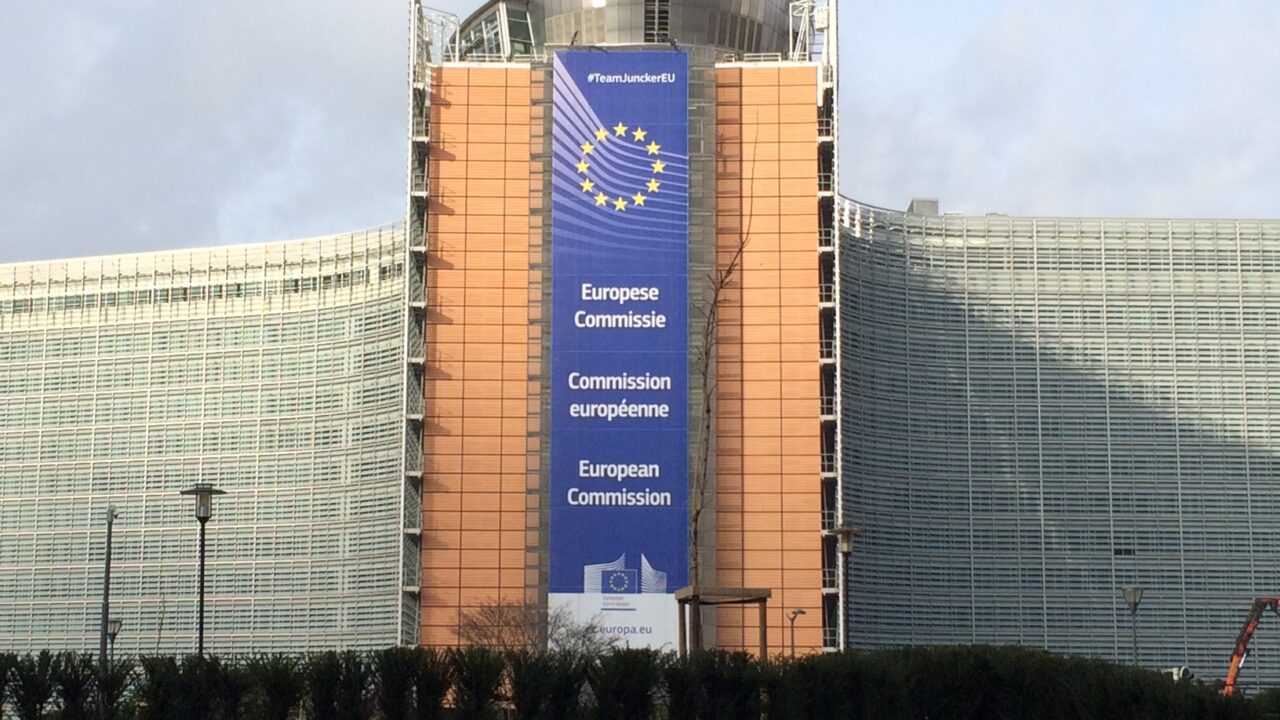The European Commission has outlined the allocations for Common Agricultural Policy (CAP) funding over the course of the next Multiannual Financial Framework (MFF).
The European Council agreed a MFF – the technical term for the EU budget – in late July. Recently, the European Commission outlined what each country will receive in CAP funding per year between 2021 and 2027 (inclusive).
All this is dependent on the MFF being ratified by other relevant EU institutions, including the European Parliament.
Bear in mind that these figures, and all figures below, are expressed in current prices. In other words, they are a nominal value, and do not take into account inflation over the course of the next seven years.
Across all member states, across all years, direct payment funding through the EAGF will come to just over €270 billion.
If we look at funding allocated from the European Agricultural Fund for Rural Development (EAFRD) – which funds Pillar II payments – the proposed allocations will see Ireland receive a total of €2.250 billion over these years.
In 2021, just over €380 million would be allocated Ireland’s way under this proposal, with just over €311 million per year after that.
The total funding under the EAFRD for all member states from 2021 to 2027 will be around €87.2 billion. This figure does not include ‘technical assistance’ funding of around €218 million, divided into €37 million for 2021, and €30.3 million for each subsequent year.
Reaction
Writing in his blog, Prof. Alan Matthews, former professor of European Agricultural Policy at Trinity College, outlined the differences in the proposed annual ‘envelopes’ for the next CAP and the current CAP, which has run from 2014 to 2020.
According to Prof. Matthews analysis’ in his CAP Reform blog, Ireland’s proposed annual direct payment allocation of €1.186 billion is a decrease of 2% on the 2020 claim year figure of €1.211 billion (before transfers between Pillars).
Indeed, almost all members states would see a reduction of a similar amount.
Once again, keep in mind that these figures are expressed in current prices, which reflects the nominal value of payment rather than inflation-adjusted values over time.
Reacting to all this, Pat McCormack, the president of the Irish Creamery Milk Suppliers’ Association (ICMSA), said that the proposed cut to direct payments is “extremely disappointing, and does not reflect the reductions suffered by many farmers over the past number of years”.
The cut is another retrograde step along the ‘less support for more work’ path that is undermining farmer confidence and putting the family-farm structure under even more pressure.
“If these figures are accurate then our position is, firstly, that the losses must be made good by the national exchequer and secondly, that the model of convergence needs to be reviewed to protect those family farms suffering reductions that they simply cannot afford,” McCormack argued.
“The net effect of this cut will actually be reinforced by the current failings of convergence and will mean a double-penalty on many family farms,” the ICMSA president suggested.
On Pillar II, McCormack said it is “absolutely essential” that funding in the new CAP is targeted towards farmers, and is not “eaten up by consultants and administration”.
